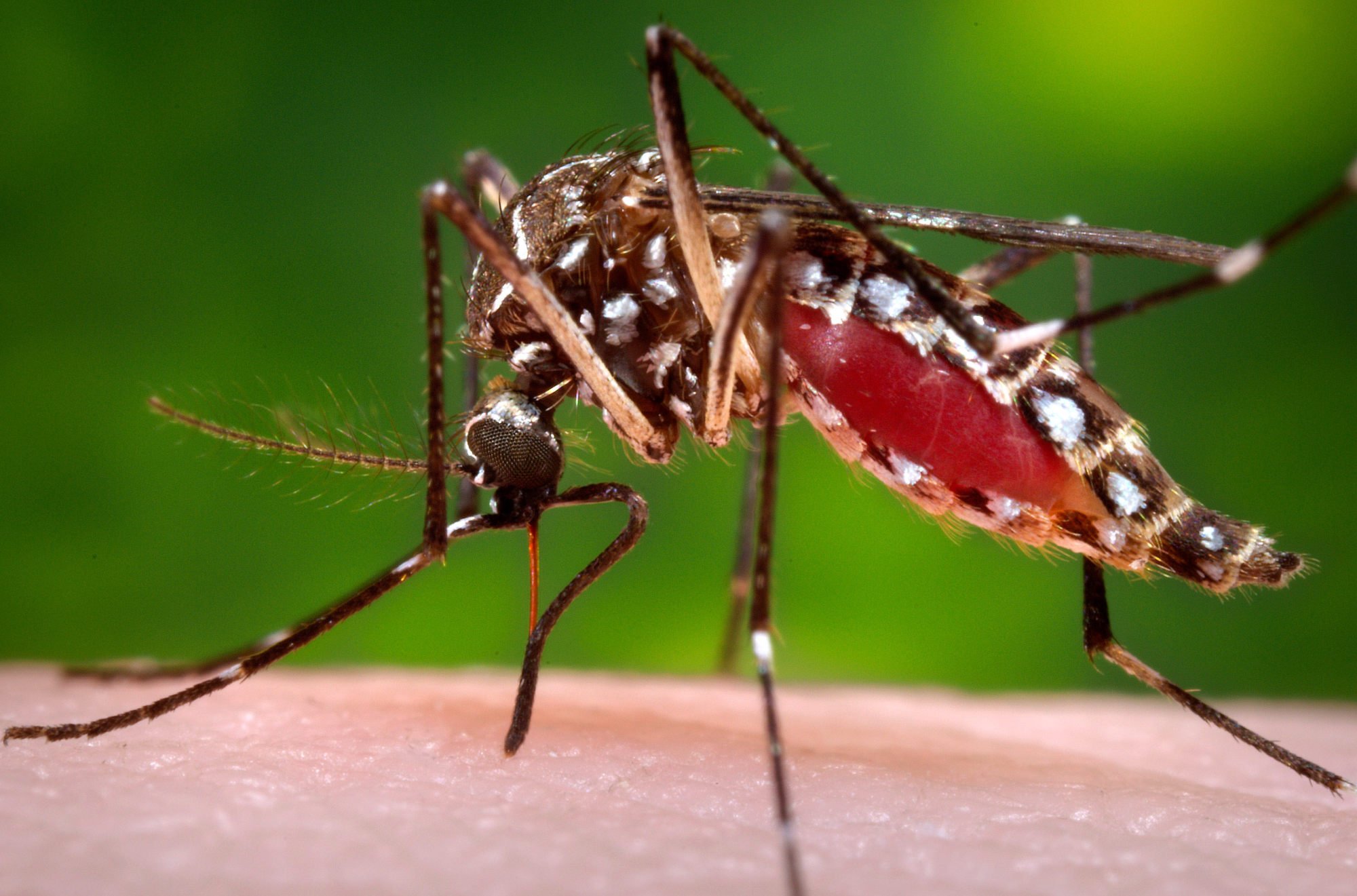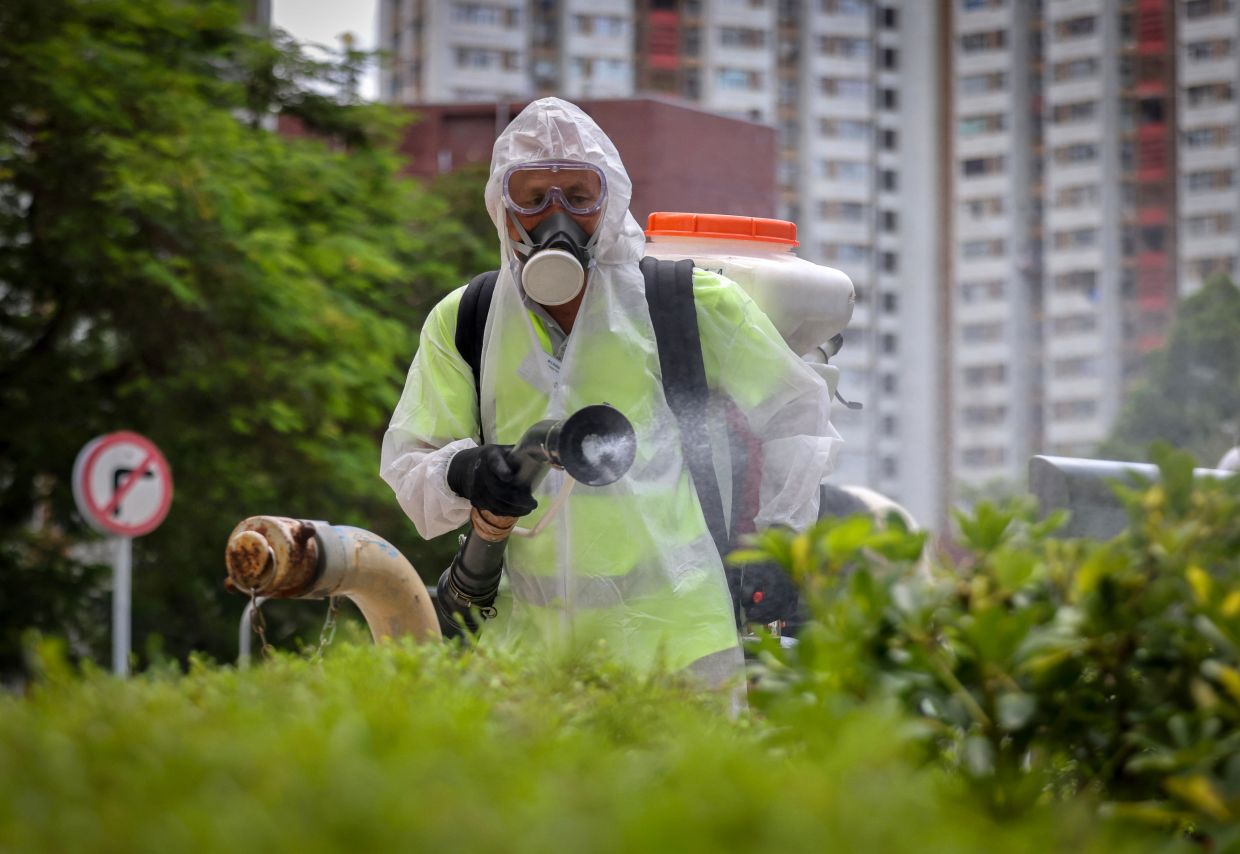Weaponising mosquitos against themselves to curb the spread of chikungunya fever in Hong Kong is not a sustainable solution due to the costs involved and questions about its effectiveness, experts have said, citing the experience of Singapore.
Specialists said on Wednesday that Hong Kong should instead strengthen its existing measures used to combat the spread of diseases through the deployment of additional monitoring sites and big data collection.
They were responding to comments made on Tuesday by Secretary for Environment and Ecology Tse Chin-wan, who said authorities planned to test biological control strategies deployed in the mainland Chinese city of Foshan, which is the epicentre of the current outbreak.
Chikungunya fever is a viral disease transmitted by the Aedes mosquito. While rarely fatal, it can lead to symptoms such as fever, rash, and joint pain.
The mainland’s Guangdong province has recorded more than 8,000 new cases of chikungunya fever over the past three weeks, mostly in Foshan. Hong Kong, meanwhile, reported two new imported cases on Thursday, bringing the total to eight since August 2.
The latest cases involved a 50-year-old man and his eight-year-old daughter who had travelled to Bangladesh between July 20 and August 10.
The father had tested positive for chikungunya after seeking medical help in Bangladesh for a fever. His daughter visited a hospital in Hong Kong with a fever, cough and fatigue. The Centre for Health Protection said she was in a stable condition.
Among the measures lawmakers have urged the government to explore include Foshan’s strategy of releasing non-blood-feeding elephant mosquitoes to control other populations of the insect in areas inaccessible to cleaners.
According to a report by state media, a research team led by Guangzhou’s Sun Yat-sen University had bred the elephant mosquitoes in a lab and released them “proportionally” in waterlogged areas. The insects eat the larvae of the Asian tiger mosquito, a species that spreads chikungunya fever.
Jin Dongyan, a professor of biomedical science at the University of Hong Kong, said that while current evidence suggested deploying elephant mosquitoes was safe ecologically, he questioned whether there was a “strong need” for their use in the city.
Mosquitoes carrying the virus were generally found outdoors during the day and only flew about 100 metres (328 feet), he said.
Hong Kong’s current surveillance strategy was already quite effective, he added, pointing to the lack of an outbreak of mosquito-borne diseases such as dengue fever in the last decade.
The Food and Environmental Hygiene Department currently conducts mosquito surveillance across all 18 districts and implements measures such as applying larvicides and carrying out fogging operations to eradicate adult mosquitoes.
Jin suggested authorities strengthen the existing strategy by deploying more monitoring equipment to identify areas with a higher concentration of disease-spreading mosquito species.
“We can stick with what works and probably strengthen these a little bit,” he said. “That would be much more effective than releasing these elephant mosquitos everywhere.”

A 2023 report on elephant mosquitoes from Tennessee State University in the United States noted that while there was potential to use the species for biological control, difficulties such as producing them in mass quantities had led to “mixed” results.
Some jurisdictions have found success in weaponising mosquitoes in other ways, such as through genetic modification.
Since 2016, Singapore has used lab-grown mosquitoes infected with Wolbachia bacteria to reduce the population of certain disease-carrying species in specific areas by 80 to 90 per cent, according to the country’s National Environment Agency.
When male mosquitoes introduced with the bacteria mate with their female counterparts, the eggs do not hatch, so releasing them in high-risk dengue areas reduces the mosquito population over time.
According to the agency’s announcement last year, the insects released are expected to cover 50 per cent of all households in the city state by next year.
Similar programmes have also been launched in other countries in the region, such as Vietnam, Indonesia and Australia.
Ren Chao, a professor at the University of Hong Kong specialising in applied climatology, said such “mosquito factories” were becoming more popular as a replacement for traditional chemical methods, which could cause ecological damage.
But she said such programmes had their own challenges, such as high costs. A study estimated in 2020 that the annual cost of the Wolbachia programme was S$40 million (US$31.1 million) a year.
She also said that infected mosquitoes needed to be released into the environment every two weeks because once the programme stopped, the disease-carrying species could quickly return to their habitat.
The use of big data and advanced technologies to monitor mosquito populations could help to reduce costs.
But she added that mosquitoes were also evolving and the changing climate meant Hong Kong was experiencing hotter and wetter summers, which were a suitable environment for the insect.
“I don’t think there is a perfect solution,” she said. “This kind of environmental hedging management is not only a local governance issue. I think individually everyone needs to be alert or increase their awareness.” – SOUTH CHINA MORNING POST




